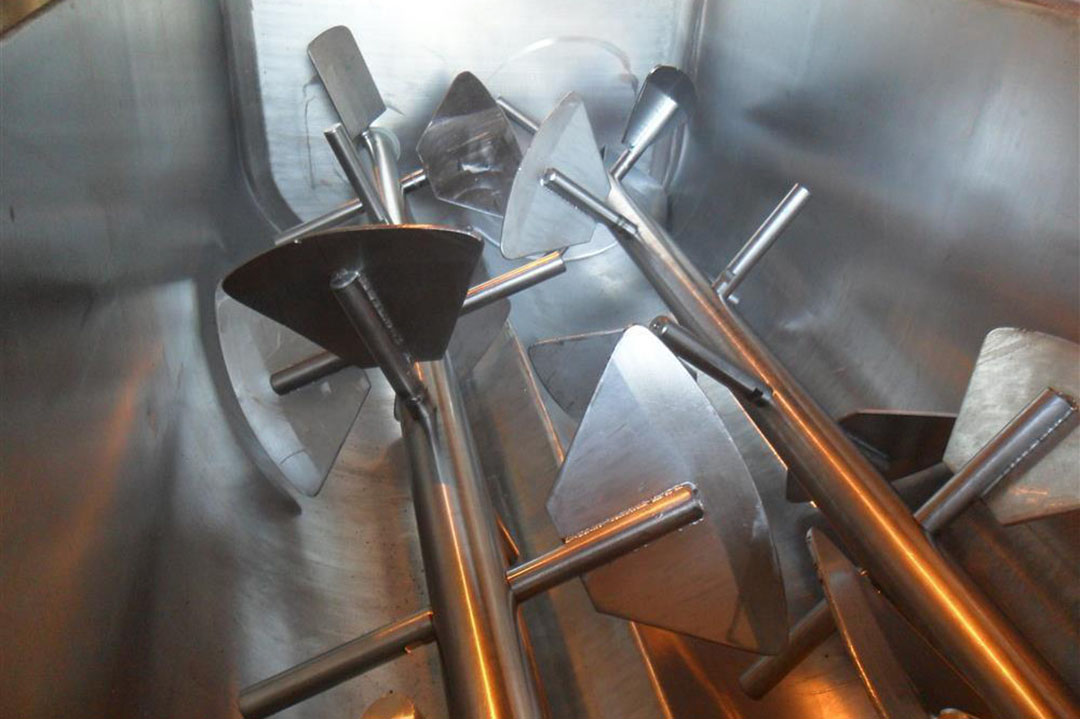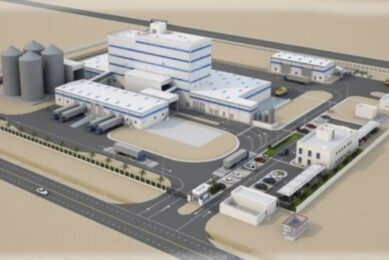Your Mixer is an overlooked problem

We expect an amazing amount of production from a mixer. It simply chugs along all day, dropping a batch of feed every few minutes and we barely recognise what it is accomplishing. Unfortunately, what it is accomplishing is often less than spectacular performance.
This mixer is the heart of the mill. If it slows down, everything slows down. So let’s look at some of the common issues.
Mixer times
There is a wide variation between mixer designs in the time it takes to correctly mix your feed. Check on the recommendations for your mixer and then test the time it takes to make a good mix.
The typical sequence is:
Dry ingredient fill time – dry mix time – liquid addition – complete mix time – unload.
If the setting is for 120 seconds on the complete mix time, check the CV at 90. Then check at 75. Do the math (sorry, I say that too often). 15 seconds less per batch times 120 batches per day = ½ hour less production time daily in an average mill. Most mills can cut far more than that from the mixer cycle.
The 5 ton mixer
I am always told “Oh, we have a 5 ton mixer”. Wrong! I do not care how many tons your mixer holds. How many tons does it mix in a hour? Example: For a large mill project, we were told a 12 ton mixer was required. It needed to make 12.5 cycles per hour to produce the 150 tph the mill wanted. There is an 8 ton mixer with a 3 minute or less cycle time. It will do 20 batches per hour equalling 160 tons per hour. Now everything in the mill is more compact. Smaller weigh hoppers, smaller mixer, smaller surge bins. But still doing over 150 tph, which is the required capacity. Mixers should be rated by tons per hour, not by one time capacity.
 Animal feed experts talk…
Animal feed experts talk…
Click here to read more expert opinions on animal feed processing and animal nutrition.
Fill levels of your mixer
Our mill evaluations show us that many mixers do not get loaded to capacity. There are often reasons for this but there are just as often excuses. Check your run sizes and keep that mixer as full as possible. Work with customers to order quantities that match the mixer. Some computer settings we observed were simply splitting orders into too many batches. 24 ton orders were getting done in 7 batches instead of the 6 that actually filled the mixer. Operating with a 3 ton batch instead of the mixer capacity of 4 tons will cut your production by 25%. This is only acceptable if you get paid well for small batches.
The CV of <10>
Ok, so this is a pet peeve of mine. This standard has been in place since 1985….forever! Is it not time to step up our game? I had actually thought our major challenge would always be medications. However, as medications are cut back, we are now getting multiple products to replace them. Enzymes, probiotics, herbs, you name it. Whatever it is, it is concentrated to small addition rates. We need to evenly spread it throughout the batch. At one of the mills I supervised, we were operating a “5 ton mixer” at 110 tph and CV’s under 4. If you are looking at a new mixer for any reason, do you want to go with “OK” CV’s of <10 for the next 30 years? you can do better if you check around.
That’s enough for today. Thanks for reading and we will see you next time!











